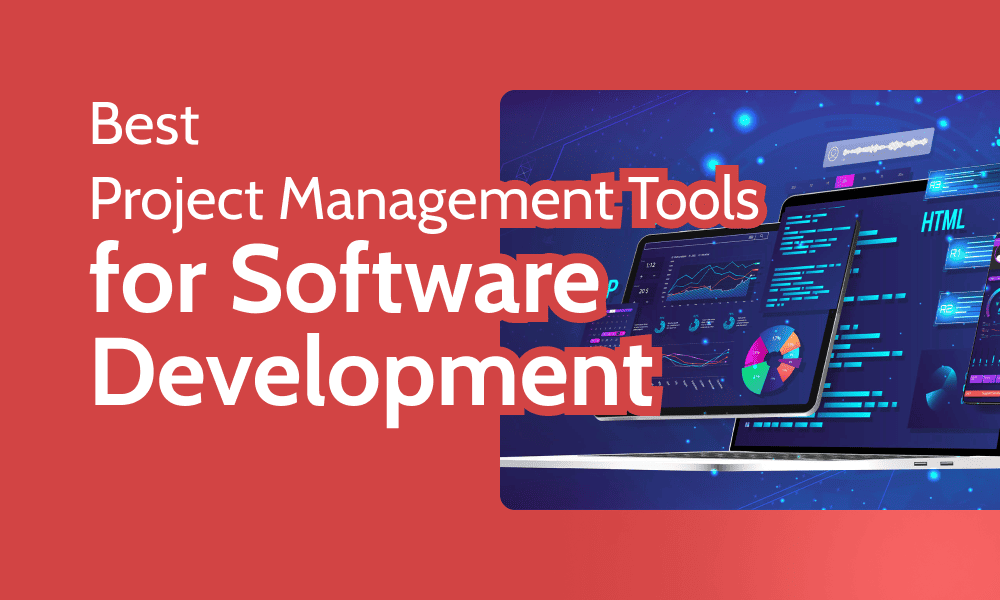Staring at a stock chart, buried under a mountain of financial news, and feeling completely stuck? You’re not alone. For most people, investing feels like a battle against information overload and analysis paralysis. You know you should do your research, but where do you even begin? How do you separate the real signal from the deafening noise?
We designed these prompts to be your personal investment research framework. This guide gives you a step-by-step workflow to:
- Build a real strategy instead of just chasing hot stocks.
- Cut through the clutter and instantly summarize dense earnings reports.
- Uncover a company’s true strengths and hidden risks with a click.
- Fight your own biases by forcing you to analyze the “bear case” for your favorite stocks.
Simply copy a prompt, replace the bracketed [placeholder text] with your specific query, and paste it into ChatGPT.
Disclaimer: Please remember, these prompts are for research and educational purposes only. ChatGPT is an information tool, not a financial advisor, and you are responsible for your own investment decisions.
Foundation & Strategy Definition
Before you analyze a single stock, you must build a solid foundation. This phase helps you define your personal philosophy, understand key concepts, and set up a disciplined research process.
- Define Your Investor Profile:
Act as an investment strategist. My financial goal is[e.g., to build a retirement fund over 25 years]and my personal risk tolerance is[e.g., moderately aggressive]. Based on this, explain three suitable investment strategies (e.g., Growth, Value, Dividend Income). For each strategy, describe its core principles, typical asset allocation, and the key metrics to watch. Present the pros and cons in a table. - Define Your Investor Profile (Interactive Coach Approach):
Act as a financial coach. My goal is to define my investor profile. Ask me a series of five key questions to help me determine my risk tolerance, investment time horizon, and financial goals. After I answer, provide a summary of what my investor profile looks like (e.g., ‘Aggressive Growth Investor,’ ‘Conservative Income-Seeker’) and which investment styles align with it. - Understand Key Investment Concepts:
Explain the concept of[e.g., Modern Portfolio Theory, Dollar-Cost Averaging, or economic moats]as you would to an intelligent retail investor. Use an analogy to clarify the main idea and provide a bulleted list of its practical applications when building a portfolio. - Explore Crucial Behavioral Biases:
Explain the behavioral finance concept of[e.g., Confirmation Bias, Loss Aversion, or Anchoring]. Provide a clear example of how this bias could negatively affect an investor’s decisions and suggest one mental strategy to help mitigate its effect. - Understand Key Technical Analysis Concepts:
Explain the concept of the Relative Strength Index (RSI) and Moving Average Convergence Divergence (MACD). For each indicator, describe what it is designed to measure and what a common[e.g., 'overbought' or 'bearish crossover']signal might suggest to a technical analyst. - Set Up Your Research Framework:
Create a comprehensive investment research checklist for evaluating a potential[e.g., technology stock]investment. The checklist should be divided into four sections: Quantitative Analysis (financials), Qualitative Analysis (business model), Risk Assessment, and Valuation. List 3-5 key questions to answer within each section.
Macro & Sector Analysis (The Top-Down View)
No company operates in a vacuum. Understand the big picture to identify powerful trends and promising industries.
- Identify Major Economic Trends (Secular Trends):
Identify and describe the top 3 secular growth trends expected to shape the global economy over the next decade. For each trend, list three publicly traded companies or ETFs that are well-positioned to benefit, along with a brief rationale for each. - Analyze Economic Indicators’ Impact on Sectors:
Analyze the potential impact of[e.g., persistently high-interest rates or rising inflation]on the following three sectors:[e.g., Real Estate (VNQ), Technology (XLK), and Consumer Staples (XLP)]. Identify the primary risks and potential opportunities for each sector in this environment. - Discover and Compare Sector-Specific ETFs:
I am bullish on the[e.g., Artificial Intelligence, Renewable Energy, or Cybersecurity]sector. Suggest 3 different ETFs that provide exposure to this theme. For each ETF, create a table showing its Ticker Symbol, Expense Ratio, Top 5 Holdings, and its primary investment strategy (e.g., market-cap-weighted, equal-weighted, actively managed).
Deep Dive Analysis on a Specific Asset
This is the core of your research process, where you dissect an individual company from every angle.
- Initial Screening & Idea Generation:
Generate a list of 5 publicly traded companies in the[e.g., cybersecurity]sector with a market capitalization between[e.g., $20 billion and $100 billion]that have demonstrated positive revenue growth and free cash flow for the last three consecutive fiscal years. - Quantitative Analysis (The Numbers):
Act as a financial analyst. Provide a summary of the key financial ratios for[Company Name, Ticker]from its latest reports. Focus on:- Profitability: Gross Margin, Net Profit Margin (and their 3-year trend)
- Liquidity: Current Ratio, Quick Ratio
- Debt: Debt-to-Equity Ratio
- Efficiency: Return on Equity (ROE)
Compare these ratios to its main competitor,
[Competitor Name, Ticker], and the industry average. - Qualitative Analysis (The Business Story):
Create a detailed SWOT (Strengths, Weaknesses, Opportunities, Threats) analysis for[Company Name, Ticker]. For each point, provide a brief, data-backed explanation based on recent news, earnings calls, and investor presentations. - Business Model & Competitive Moat:
Analyze the business model of[Company Name, Ticker]. How does it generate revenue? What is its primary competitive advantage or ‘economic moat’ (e.g., network effects, high switching costs, brand recognition)? Provide evidence to support your assessment of its moat. - Risk Assessment:
Identify and explain the top 3 specific risks facing[Company Name, Ticker]over the next 24 months. Categorize them as[e.g., competitive, regulatory, operational, or macroeconomic]and explain the potential impact on revenue or profitability. - Management & Leadership Analysis:
Summarize the background and tenure of the CEO and CFO of[Company Name, Ticker]. What is their track record regarding capital allocation, major strategic decisions, and shareholder returns? Mention any significant insider buying or selling over the past 12 months.
Comparative Analysis & Valuation
Context is everything. Compare your target asset against its peers and determine its relative value.
- Head-to-Head Company Comparison:
Create a detailed comparison table for[Company A, Ticker]and[Company B, Ticker]. The columns should include: Business Model, Revenue Growth (3-year average), P/E Ratio, Dividend Yield, and Key Growth Drivers. Conclude with a summary of which company appears more aligned with a[e.g., value investing or growth investing]strategy. - Valuation Model Brainstorming:
Act as a valuation expert. For a company like[Company Name, Ticker]in the[e.g., software-as-a-service]industry, what are the most appropriate valuation methods to use? Explain why a[e.g., Discounted Cash Flow (DCF)]model or a[e.g., Price-to-Sales (P/S)]multiple might be more suitable. List the key inputs I would need for each. - Bull vs. Bear Case Synthesis:
Synthesize a compelling ‘Bull Case’ and ‘Bear Case’ for investing in[Company Name, Ticker]today. Each case should contain at least three distinct arguments, supported by recent data, market trends, or company-specific events. This will help me understand both sides of the investment thesis.
Portfolio Construction & Ongoing Management
Investing is a continuous process of monitoring, managing, and refining your portfolio.
- Portfolio Diversification Analysis:
I am building a portfolio. My current holdings are:[List your stocks/ETFs and their approximate weightings, e.g., 30% VOO, 20% AAPL, 10% MSFT, 10% JNJ]. Analyze this portfolio for sector and geographical concentration risk. Suggest 2-3 ETFs from underrepresented areas like[e.g., emerging markets or small-cap value]that could improve my diversification. - Understand Portfolio Rebalancing:
Explain the core concept of portfolio rebalancing. Using a hypothetical portfolio of[e.g., 60% stocks and 40% bonds]with a target allocation, describe a scenario where rebalancing would be necessary and what specific actions (buying or selling) would be required to return to the target. - Summarize Earnings Calls:
Summarize the key takeaways from the most recent quarterly earnings call for[Company Name, Ticker]. Structure the summary into three parts:- Financial Highlights (vs. expectations)
- Management’s Outlook & Guidance
- Key Analyst Questions & Concerns
- Track Your Investment Thesis:
My original investment thesis for buying[Company Name, Ticker]was based on[e.g., its expansion into a new product line and margin improvement]. Based on news and financial reports from the last six months, find evidence that either supports or contradicts this original thesis. Present the findings as ‘Supporting Evidence’ and ‘Contradicting Evidence’.
Also, Check These Prompts:











